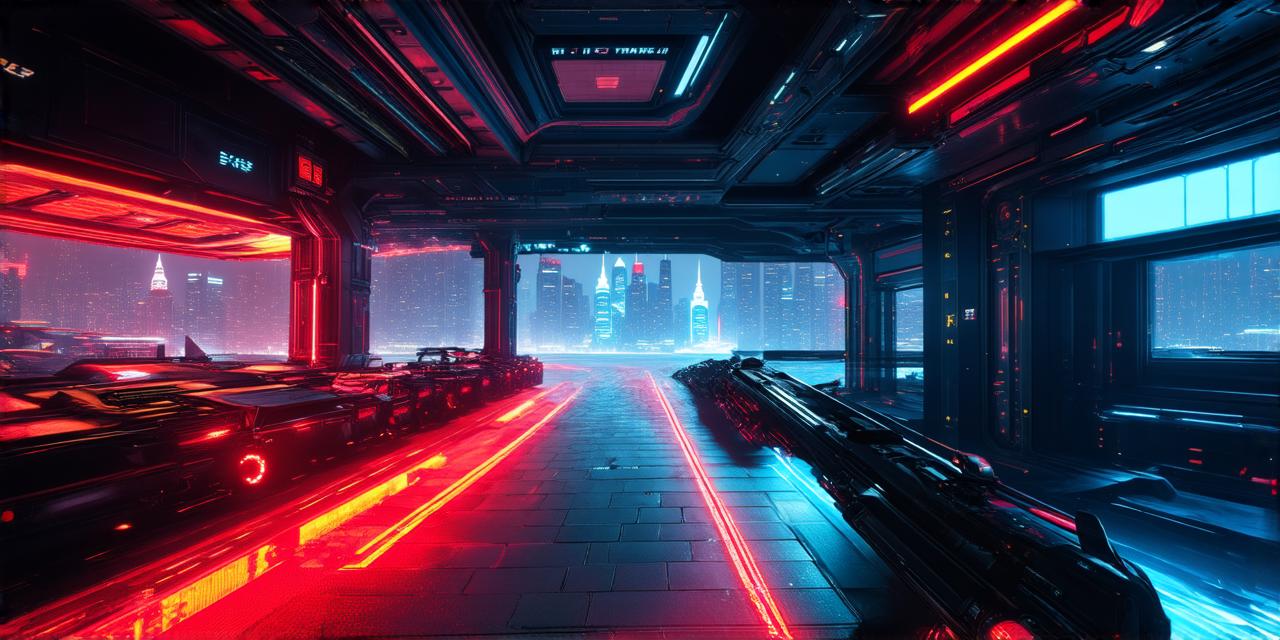An infinite game is a type of game that never ends, allowing players to continue playing indefinitely. These games are designed with a focus on endless replayability and can offer players a unique and engaging experience that keeps them coming back for more.
In this article, we will provide some tips for creating an infinite gameplay experience that will keep players engaged and entertained.
-
The first step in creating an infinite game is to establish clear goals for the player. This could be collecting a certain number of items, achieving a specific score, or completing a set of challenges. These goals should be challenging but achievable, allowing players to feel a sense of progress and accomplishment as they play.
-
As players progress through an infinite game, it’s important to introduce new challenges that require them to think creatively and strategically. This could include new obstacles to overcome, new enemies to defeat, or new puzzles to solve. These challenges should be designed to be increasingly difficult as players progress, keeping the gameplay experience fresh and exciting.
-
Provide rewards for achieving goals and completing challenges. This could include in-game currency, items, or power-ups that can be used to enhance the player’s experience. These rewards should be designed to be valuable enough to motivate players to continue playing, but not so powerful as to make the game too easy.
-
Use procedural generation to create infinite levels or environments that are different each time the player plays. This adds an element of unpredictability and replayability, keeping players engaged and interested in the game.
-
Incorporate social elements such as leaderboards, achievements, and challenges. Players can compete with friends or other players from around the world, adding a sense of competition and urgency to the gameplay experience.
-
Finally, test and refine your infinite game regularly to ensure that it is engaging and fun for players. This could involve playtesting with a group of users, gathering feedback, and making changes based on that feedback. Continuously testing and refining will help you create an infinite game that keeps players coming back for more.
In conclusion, creating an infinite game can be a challenging but rewarding experience. By establishing clear goals, introducing new challenges, providing rewards, using procedural generation, incorporating social elements, and continually testing and refining your game, you can create an engaging and exciting endless game that players will love to play over and over again.
